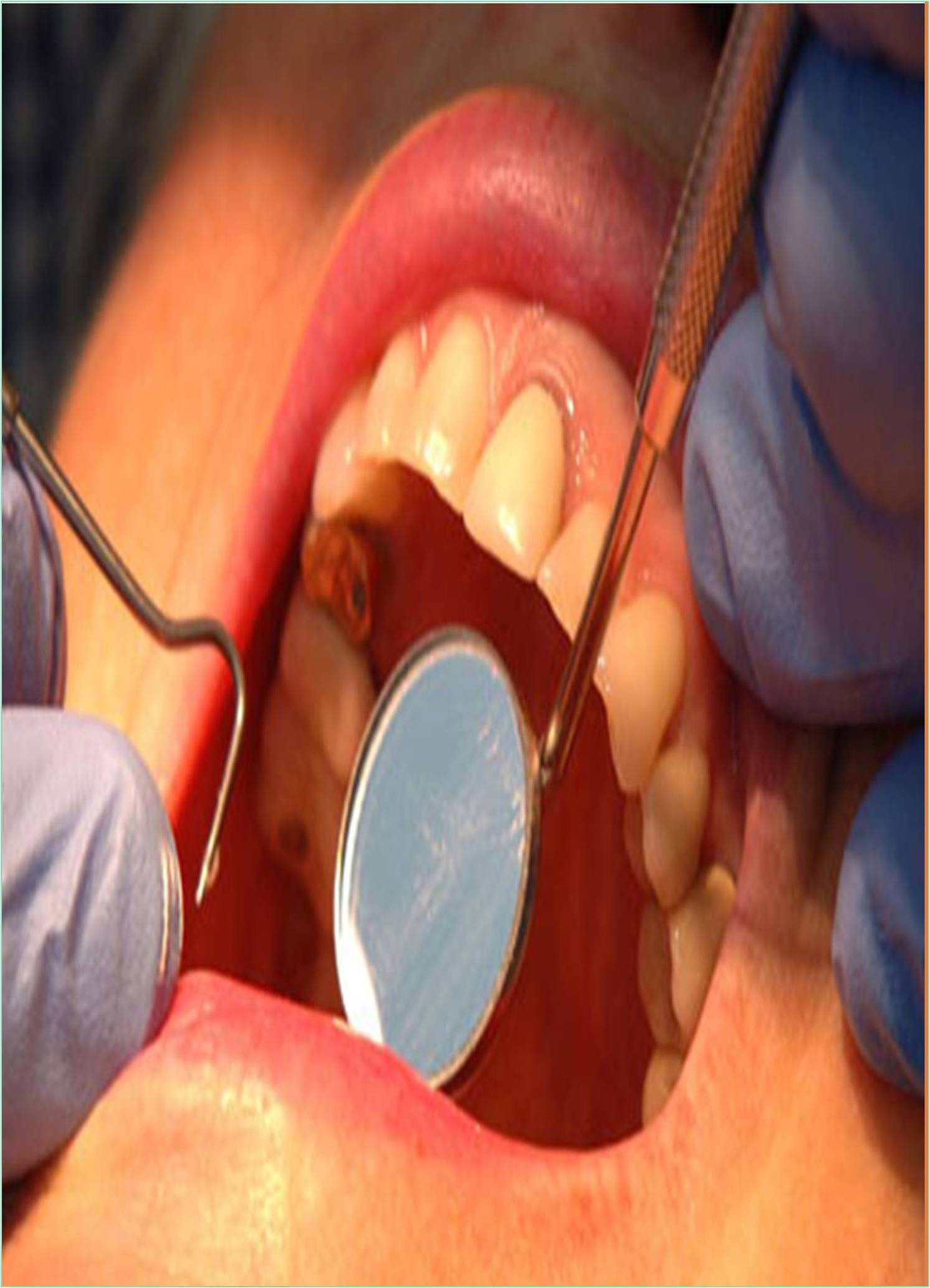



Received: 05-Aug-2022, Manuscript No. GJDOH-22-72148; Editor assigned: 08-Aug-2022, Pre QC No. GJDOH-22-72148 (PQ); Reviewed: 22-Aug-2022, QC No. GJDOH-22-72148; Revised: 29-Aug-2022, Manuscript No. GJDOH-22-72148 (R); Published: 05-Sep-2022, DOI: 10.15651/2449-1918.22.9.009
Information technology has recently been amplified in several areas, including communication, business, and education, among others, exposing these areas in completely new ways. It is also changing how healthcare is provided in a variety of ways, from self-diagnosis to consultations to improving patient autonomy and independence. Information technology has been expanded in a variety of ways, including through the usage of cell phones, MIDs, and proprietary software applications (apps). Smartphone applications are especially helpful in the field of dentistry, where a large portion of diagnoses are made by visual inspection and where there is a significant opportunity for selfmanagement to avoid dental problems. There are applications for educating and encouraging youngsters and adults to use additional oral hygiene products and proper teeth brushing techniques (Mohapatra, 2015).
The MHA is an example of a digital invention that promotes oral hygiene by instructing the patient on how to use the tools properly, making the appropriate motions, and explaining the short- and long-term hazards. In a cross-sectional study, the effects of a mobile app and traditional instructional lectures on oral hygiene knowledge and behavior were evaluated. They came to the conclusion that while the app could be an effective tool for enhancing oral health knowledge, attitudes, and behaviors, it's important to pay attention to its quality (personalization, interaction, etc.). The results of other research support the notion that oral hygiene is improved by mobile apps linked to oral health.
These mobile platforms were selected based on their popularity, which was demonstrated by 2016 device sales. 5 To search Google Play, a Sony Xperia C4 running Android 5.0 Lollipop was utilised (Google Inc., Mountain View, CA, USA). The iTunes Store (Apple Inc., Cupertino, CA, USA) was searched on an iPhone 6s running iOS 09; the search was carried out in the App Store area of the iTunes Store (Khatoon, 2013). Dental education, oral health, oral education, caries, dental decay, dental treatment, and dental trauma were the search phrases utilised. Periodontitis, oral cancer, brushing, flossing, orthodontics, teledentistry, gingivitis, oral mucosal diseases, and prosthetics are among the conditions covered. Apps that had both a "lite" and a "full" version were considered as separate apps since the information that was accessible for each version would change. The keywords search produced duplicate applications, which were then removed. The list only contained applications in English. Applications geared toward students and clinicians, promoting dentistry practices, apps for quitting smoking, general medical apps, and games were prohibited.
A prevalent chronic condition in children is dental caries. According to a nationwide report in Iran, children aged 3 and 6 had caries indices of 1.9 and 5.2, respectively. The World Health Organization's goal value of 90% was much below what they recorded, as just 11% of 6-year-olds were caries-free. Dental decay in children can cause excruciating pain, psychological issues, and place a heavy load on the parents (Djemal, 2016). As a result, dental societies all around the world advice starting teeth brushing and going to the dentist at age one. But parents frequently overlook this visit. Due to the popularity and broad usage of mobile applications, education through them may be a viable option for enhancing parents' awareness of oral health, particularly that of women. These applications can be used to promote behaviours that are good for oral health. Parents are entirely responsible for the oral health condition and oral hygiene of their preschool-aged children, and they should keep an eye on their kids' oral hygiene habits as they become older. To the best of the authors' knowledge, no mobile app for teaching mothers about oral health has been created using the principles of electronic app design.
Only a small number of apps have employed gamification for this purpose; their effectiveness has not been assessed. Using a mobile app, determine how gamification of the app affects the calibre of moms' oral health education regarding their children's dental health (Zolfaghari, 2021).
Mobile applications are going to play increasingly complex roles in dentistry as a result of the unprecedented expansion in technology. Many different applications might be utilised to educate individuals about their dental health. In the field of prosthetics, a mobile app called Dental Calendar was tried that allowed users to take images of the areas of their own oral cavities that needed dental work. This allowed for much faster delivery of expert recommendations. According to a research on the app's usage, appointment reminder systems and scheduling changes in the event of an unexpectedly failing prosthesis have significantly improved. To enhance the dentist-patient contact during the consultation for implant dentistry, a mobile app was created with a functional user interface design. To explain oral disease processes and risk factors in plainer language, more applications might be created. Patients could benefit from knowing the causes of dental disorders so they can take steps to prevent them (Righolt, 2018).
Djemal S, Singh P (2016). Smartphones and dental trauma: the current availability of apps for managing traumatic dental injuries. Dent Traumatol. 32(1):52-57. [Crossref] [Google Scholar]
Khatoon B, Hill KB, Walmsley AD (2013). Can we learn, teach and practise dentistry anywhere, anytime? Br Dent J. 215(7):345-347. [Crossref] [Google Scholar]
Mohapatra DP, Mohapatra MM, Chittoria RK, Friji MT, Kumar SD (2015). The scope of mobile devices in healthcare and medical education. Int J Adv Med Health Res. 2(1):3-8. [Crossref] [Google Scholar]
Righolt AJ, Jevdjevic M, Marcenes W, Listl S (2018). Global-, Regional-, and Country-Level Economic Impacts of Dental Diseases in 2015. J Dent Res. 97(5):501–507. [Crossref] [Google Scholar]
Zolfaghari M, Shirmohammadi M, Shahhosseini H, Mokhtaran M, Mohebbi SZ (2021). Development and Evaluation of a Gamified Smart Phone Mobile Health Application for Oral Health Promotion in Early Childhood: A Randomized Controlled Trial. BMC Oral Health. 21(2);18-20. [Crossref] [Google Scholar]